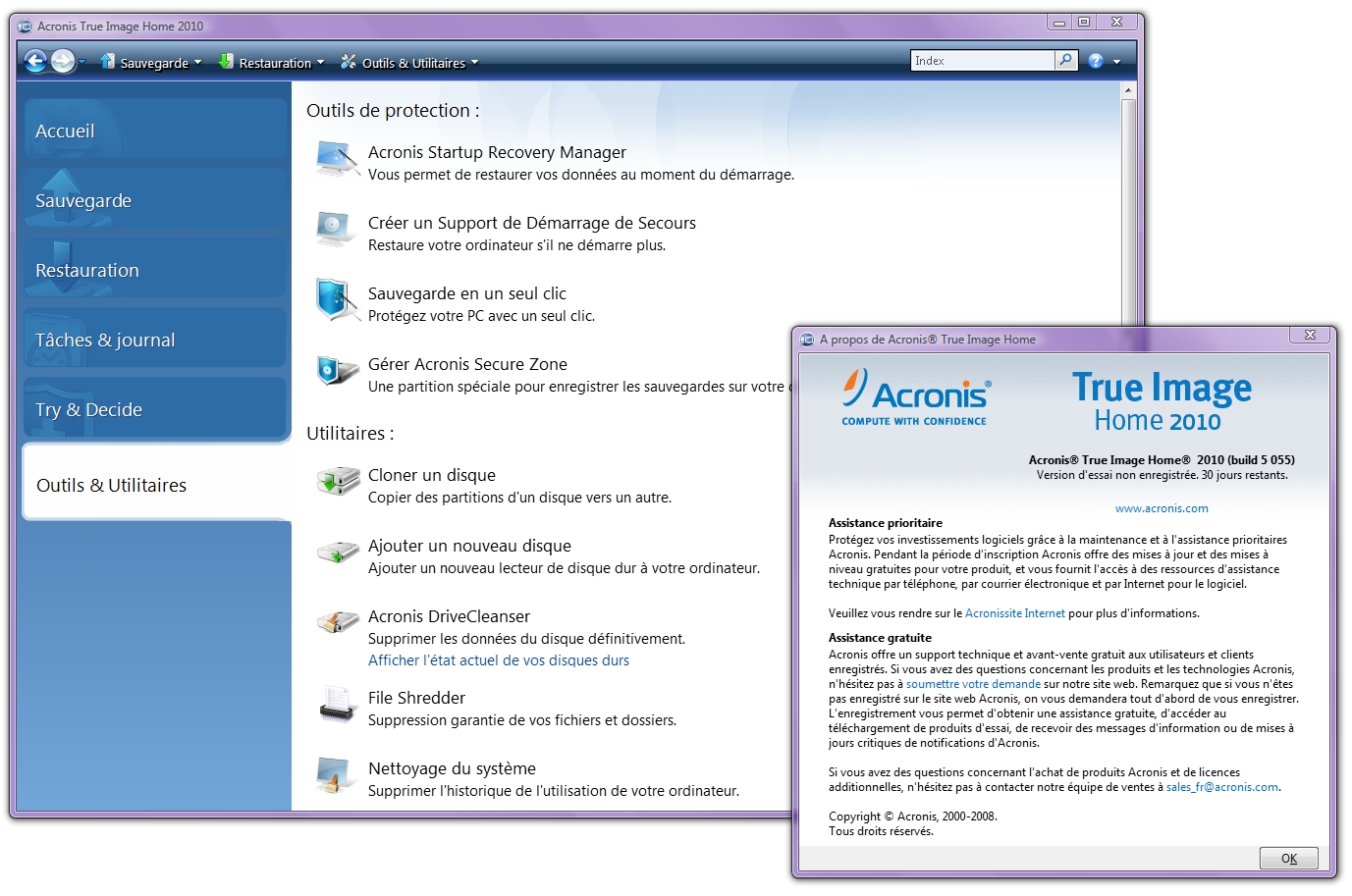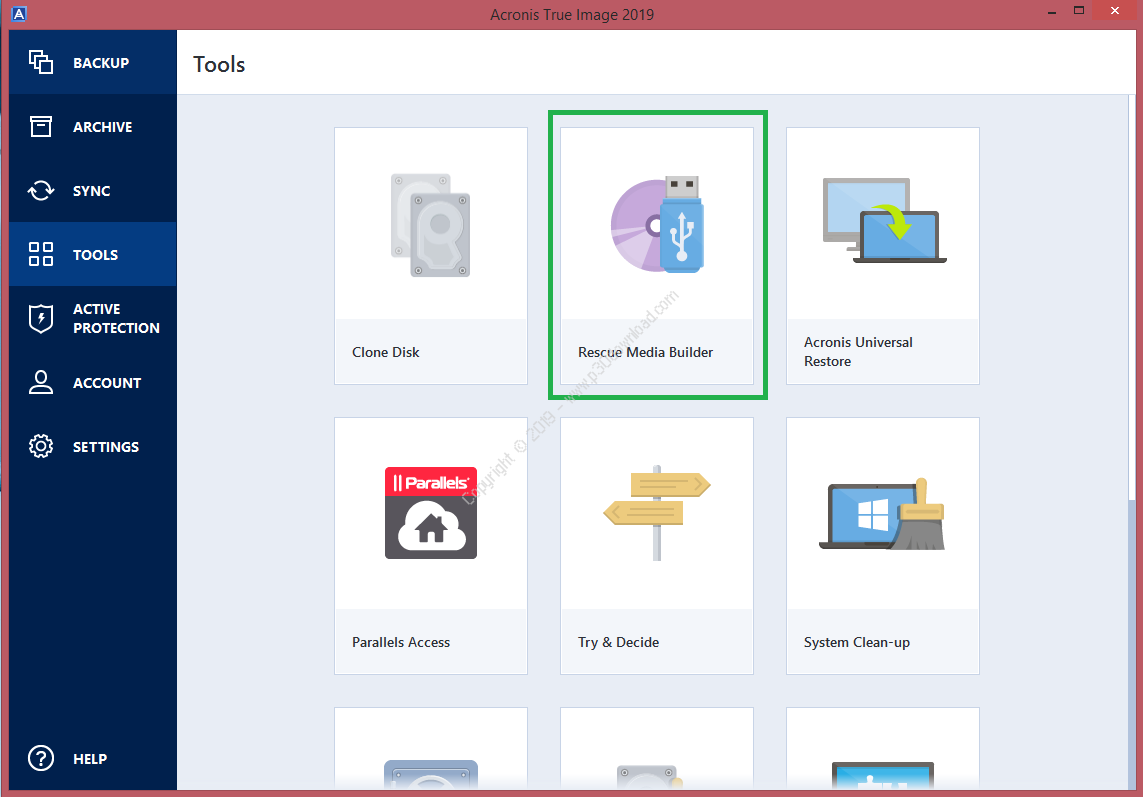

Time to look into IFL and Macrium to see if I can improve on my current tool The Acronis BU comes with different flavors. If you do incremental backup/restore, the MR should be a much better choice. But still, it's good enough for me, since I only do image restore once every 3-6 moths or so, so a few minutes longer is not a problem at all.

On desktop MR is faster, but still takes as much as 2 times the time that IFL use (12 minutes for MR vs 4 minutes for IFL on my laptop 8 minutes for MR vs 3.5 minutes on desktop). Macrium Reflect is reputable on its reliability among wilders here, the only drawback (for me, who only do full disk offline backup/restore) is the slower speed and large disk image size, especially with laptop CPUs (even with high end 4-core, 8-thread i7-4700HM, which is stange). It appears the utilization of multi-thread backup/restore in IFL v3 works really well on multi-core CPUs, such as desktop i7 (4 core, 8 threads) and i5 (4 cores, 4 threads). IFL even surpassed Acronis at speed and size of disk image at high compression level by a few percent. Speed, size of disk image (at high compression levels, e.g., enhanced size B/C), the speed of whole OS disk restore, easy to use GUI. I have to say, after about 4 whole disk OS backup/restore, it turns out IFL v3 is the all time champion on both backup and restore in all aspect for offline backup/restore. After all, speed is important, but reliability and bs-free in both backup and restore are more so. Considering this potential pitfall for whole disk restore, I will ditch Acronis, and do my duplicate OS backups with IFL and Macrium Reflect. Neither Macrium Reflect nor IFW/IFL has that option, while they restore perfectly fine without confusing users with that stupid "restore MRB and track 0" option.įortunately I have a disk image made by IFL, which saved my ass this time. I am very curious why Acronis still keep that option (Restore MBR and Track 0), no matter the type of your OS/system (MBR vs UEFI Secure boot). But since this was no longer considered a "Whole disk restore", I had to manually confirm the correct location for each GPT partitions to restore. I then tried to restore again, with the "Restore MBR and track 0" manually unselected. the restore resulted in a non bootable OS, not surprisingly, since my OS is a UEFI with secure boot system. Since I don't do OS image restore often these days, I accidentally ticked the "restore whole disk" option, which automatically selected "restore MBR and first track 0". However, a test restore of the whole disk turned out to be a disaster.

The backup went well, as always: quick, efficient with small disk image size. Tested the new Acronis True Image 2017 backup and restore for my Windows 10 LTSB Enterprise install on an SSD drive, using the whole disk backup/restore options.


 0 kommentar(er)
0 kommentar(er)
